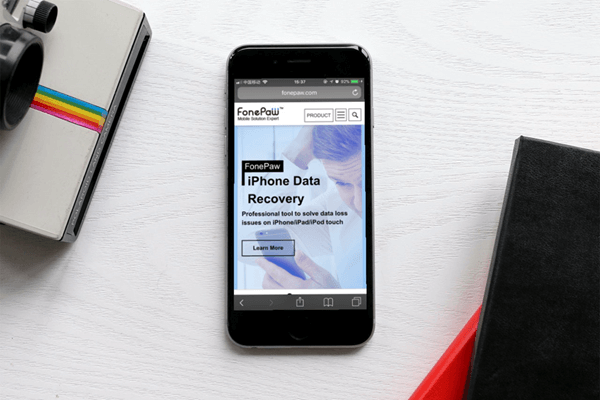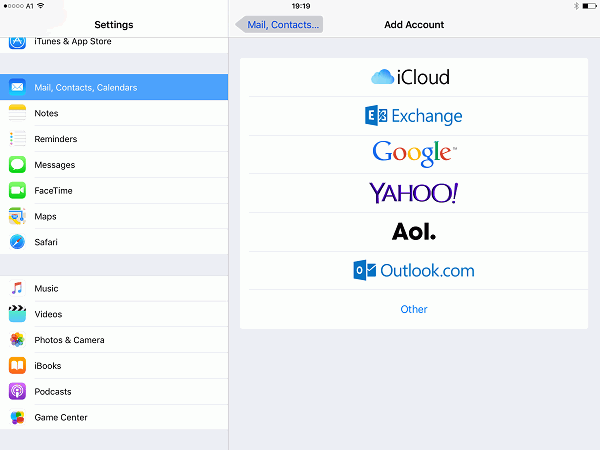Why Benchmark Data Is Useless Unless It’s Specific to Your Industry
Running a successful business can sometimes feel like running up the down escalator – if you stand still for even just a moment, you’ll be going backward. You’re always looking for ways to grow your business and boost your revenue, both by delving deep into your own business data and by checking out the competition with business benchmarking.

Setting benchmarks against other businesses, tracking their progress, and comparing their growth rates, conversion rates, sales, and more to your own achievements is a great way to assess how well you’re doing at meeting your own goals. But like with so many strategies, there’s a right way and a wrong way to do it.
It’s admittedly far easier to check generic business data than to explore metrics from companies in your own vertical, but the extra effort is well worth it.
It’s far more valuable to watch trends and changes in your own space than those across the whole internet. For example, you wouldn’t expect to see similar bounce rates on a social media platform as you would on a banking blog, or on an insurance company blog compared to a travel website.
But the importance of setting benchmarks by industry goes beyond those basic examples.
Conversion objectives vary between verticals
Unless you benchmark against your own vertical, you’ll risk gaining a wildly inaccurate perception of your business’s conversion success rates. For example, an eCommerce website would aim to see a high percentage of visitors make a purchase on their first visit, but B2B businesses would be more likely to convince first-time visitors to sign up to a mailing list or download long-form content.
Even within the same industry, specific verticals can have longer or shorter sales cycles, which impacts conversion rates.
For example, within the enterprise software category, a company selling cybersecurity for complex hybrid cloud environments is likely to have a long sales cycle, where champions gather detailed information and share it with decision-makers. But SaaS marketing software customers are more likely to make buying decisions independently and on the fly.
Different industries have different buyer journeys
Admittedly, the demand for self-serve, self-directed customer journeys has been rising for years across all verticals – in 2021, fully 87% of B2B buyers said they want to be able to self-serve at least part of their buying journey – but the path that customers take to purchase still varies greatly between different verticals.
Depending on your vertical, you’ll see leads arrive at your brand website from different sources, using different devices, having asked different search queries, and visiting different platforms along the way. Once they arrive, they will want to consume different amounts and types of content. For example, someone buying enterprise software might want to read a whitepaper about consumer trends, but someone buying manufacturing equipment might want to watch a video about machine performance.
Customers from different verticals also have different preferences when it comes to talking with a representative. Someone opening a bank account might manage independently; a car insurance customer might want to verify prices with an automated chatbot, and someone buying health insurance might want to talk with a human agent.
Each industry sees different marketing trends
Spreading your benchmarking across too many different industries can blind you to the marketing trends taking place in your own space.
What if your competitors are all-embracing video content, offering more personalized experiences like dynamic web content, or removing the gates on their long-form content?
If you’re comparing your business with the wrong industry, or with too great a range of industries, you could miss out on these important trends and end up out of touch with your customers’ expectations.
Seasonal fluctuations aren’t constant across verticals
No vertical see engagement, sales, or customer interest stay static all year round, but seasonal highs and dips do vary from one vertical to another.
For example, retail sites see a big jump in the winter shopping season and dip in January, but travel sites see sales rise in January when people want to look forward to their summer vacation, and SaaS sales tend to dip throughout Q1 as budgets get decided, and Q3 because so many buyers are on vacation.
Unless you’re looking at data from your own industry, you might mistakenly think that you’re outperforming – or underperforming – your competition simply because their vertical is in a seasonal dip and yours is not, or vice versa.
Business opportunities can be vertical-specific
Sometimes, industry-specific benchmarking can reveal opportunities that are going overlooked by your competition, but you’ll only find them if your data is focused tightly enough on your own space.
For example, you might be exploring marketing channels and discover that many of your customers are on a particular platform or network which is frequented by businesses from other industries, but very few of your rivals have noticed it.
Thanks to your fine data filters, you’ll be able to seize the opportunity and be among the first to establish yourself there.
Industry-specific benchmarking for business growth
Industry-specific business benchmark data can be a treasure trove of actionable insights. By controlling for variations in seasonal fluctuations, conversion objectives, and buyer journeys, setting benchmarks by industry can help guide you to marketing trends and business opportunities that can drive growth for your company.
























nice blog keep it up
Knowing your niche structure and capabilities is probably one of the most useful info you can gather